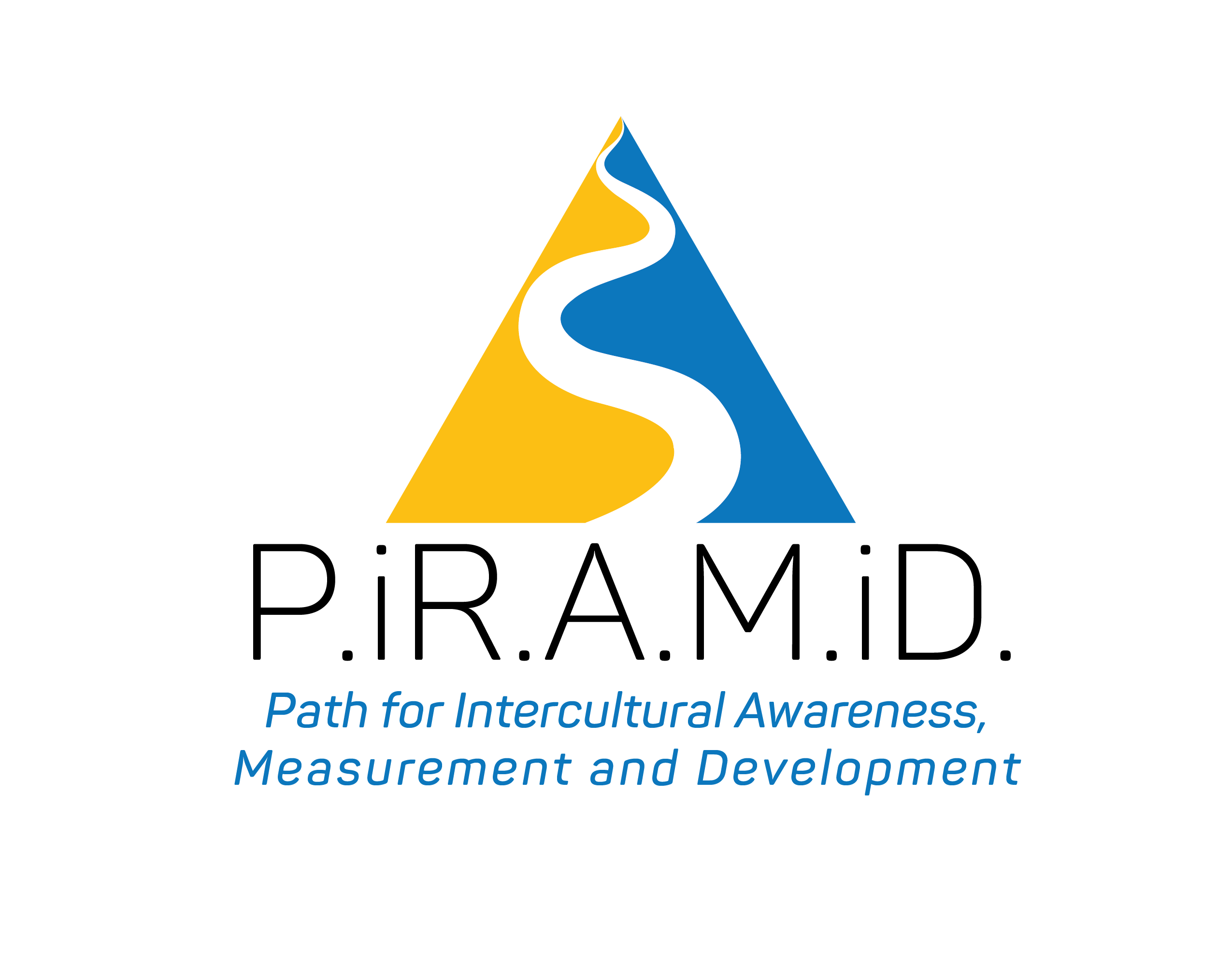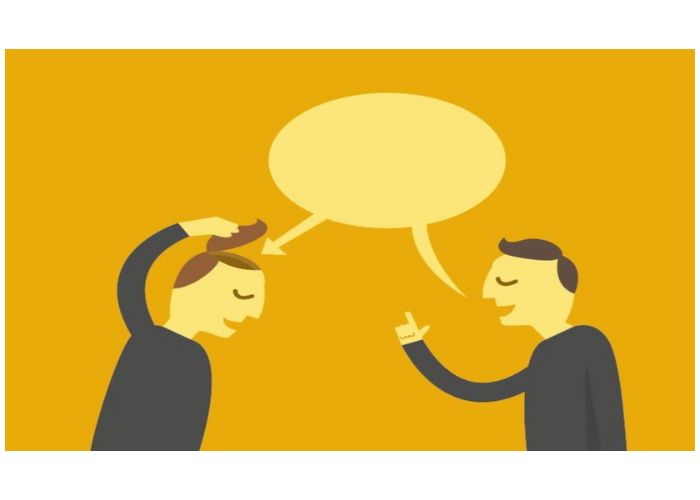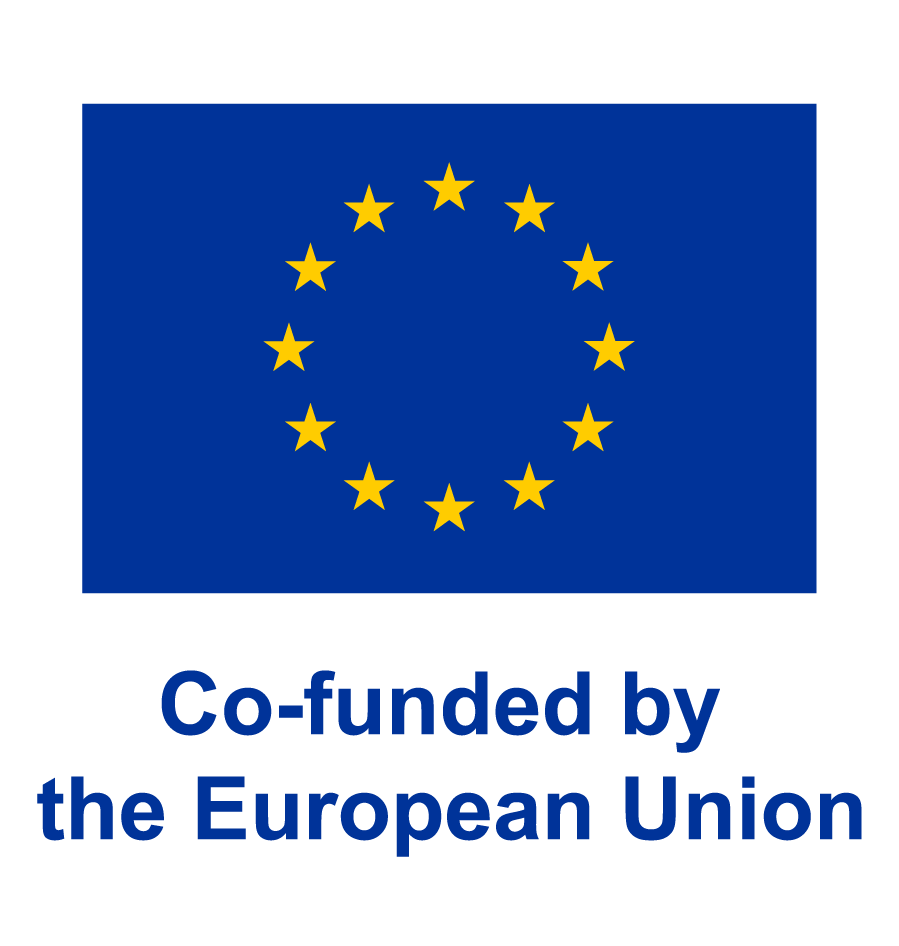This website use cookies to ensure you get the best experience on our website

P.IR.A.M.iD
2023-1-ES01-KA220-VET-000157060
Active listening: the ultimate intercultural skill
18 April 2025

In intercultural communication, the words spoken are only part of the equation. What truly defines effective communication across cultures is not what you say but how well you listen.
In When Cultures Collide, Richard D. Lewis argues that active listening is one of the most powerful, yet often misunderstood, tools for navigating cultural differences. Every culture has its own expectations around who speaks, who listens, when to respond, and how silence is interpreted. Understanding these subtleties is essential for global leaders, negotiators, and multicultural teams.
Listening styles across cultures
Lewis emphasizes that listening is far from universal. What is considered respectful in one culture may seem passive or even rude in another. He mentions a great example in his book: "The Japanese are the world’s best listeners. Their aim is not to argue with you, but to understand you".
This example encapsulates a deep cultural truth. In Japanese communication, silence is not emptiness, but it is a space for thoughtful reflection and respect. The Japanese listener values harmony and avoids interrupting, even if they disagree. In contrast, in many Western cultures, such as the United States or Germany, interrupting can be seen as a sign of engagement or intellectual enthusiasm.
The risk of misinterpretation
Failing to understand these cultural listening habits can lead to confusion or even conflict. Let’s consider some examples of different culture types. In reactive cultures (like Japan or China), silence is a powerful tool. If you speak too much or fill every pause, you may be seen as aggressive or disrespectful. On the contrary, in linear-active cultures (like the US or Germany), silence may be perceived as disinterest. Speakers expect feedback, nods, verbal cues, and even challenges to their ideas. In multi-active cultures (like Mexico or Brazil), interruptions are part of a dynamic, emotional exchange. Cutting in may signal involvement, not rudeness. As Lewis notes, these variations can completely change the outcome of a conversation or meeting especially in diplomacy or business.
Developing the skill of cultural listening
To become an effective intercultural communicator, one must move beyond simply “hearing” an
d embrace cultural active listening, which includes:
Listening for intent, not just content, that is to understand that what’s not said may be just as important as what is said especially in high-context cultures.
Respecting silence and don’t rush to fill the quiet, as in many cultures, silence is a form of communication. We should let others process and respond in their own rhythm.
Being present, because active listening requires attention not just to words, but to tone, body language, and the broader cultural context.
Adapting our feedback style. We can use verbal affirmations in some settings (“I see,” “Interesting”), but in a lower tone in cultures where more subtle acknowledgment is preferred.
Active listening matters in global terms, as in the context of the PyramID Project, where promoting intercultural listening isn't just a soft skill, but it's a strategic capability. Teams that learn to decode silence, wait their turn, and adjust their listening habits build stronger relationships, reduce misunderstandings, and increase their collective intelligence.
Richard D. Lewis makes a compelling case when he sees listening as a bridge between worlds: “Listening is not a passive act - it’s an active tool of connection.” When we learn to listen across cultures, we don’t just avoid miscommunication we build trust, respect, and shared purpose. Whether we're managing an international team, negotiating across borders, or just navigating a multicultural workplace, mastering the art of listening may be the most underrated superpower we can develop.
Resources:
When Cultures Collide. Leading across cultures (Third edition). Richard D. Lewis. Printed in Finland by Bookwell, 2006, 1999, 1996.

This project has been funded with support from the European Commission.
This publication reflects the views only of the authors, and the Commission cannot be held responsible for any use which may be made of the information contained therein.
